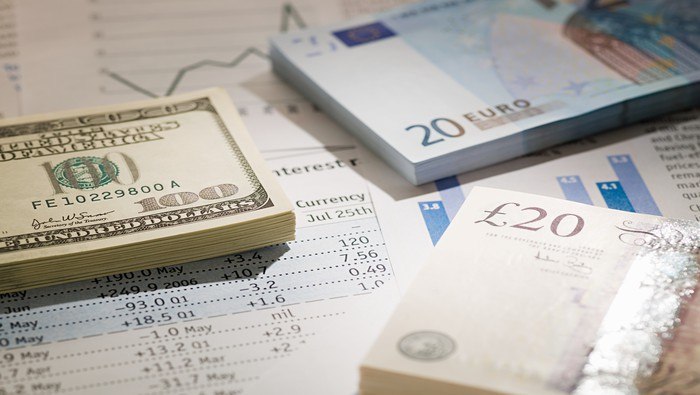Talking Points
- National Institute of Economic and Social Research conducts UK GDP estimate
- NIESR sees the UK’s economy growing 1.7 percent in 2016, then 1.0 percent in 2017
- The survey was based on a significantly looser path for BoE monetary policy
The National Institute of Economic and Social Research (NIESR) released forecasts containing estimates for UK gross domestic product figures (GDP). The institute forecasted that the United Kingdom’s economy will grow by 1.7 percent in 2016 before slowing down to a 1.0 percent pace in 2017. For comparison, the nation’s economy grew 2.2 percent (YoY) in the second quarter 2016.
NIESR also said that the country’s economy is likely to decline by 0.2 percent in the third quarter of this year. With regards to prices, the institute expects inflation to peak at over 3 percent by the end of 2017. June’s core UK CPI report showed that prices increased 1.4 percent (YoY). The research firm suggests that the monetary policy committee should “look through” the temporary rise in inflation and ease substantially.
In these forecasts, the NIESR projected under the assumption that the Bank of England will reduce the main lending rate to 0.25 percent at their August meeting and then to 0.10 percent in November. Their analysis also suggests that a further round of £200 billion in quantitative easing could boost the economy by as much as 1.5 percent over the next 2 years.
During July’s BoE rate decision and following the Brexit vote, most Bank of England officials expect loosening of policy at the August meeting. On the contrary, overnight index swaps are pricing in a 22 percent probability that the central bank will reduce its main lending rate to 0.25 percent during tomorrow’s meeting. It also wasn’t until after the UK referendum that markets envisioned at least 1 central bank rate cut over the next 12 months.
As Quantitative Strategist David Rodriguez said, they key question becomes whether the Bank of England will proactively produce monetary policy stimulus or wait until data confirms a slowdown.
Keep an eye on short-term trends for British Pound crosses using the Grid Sight Index (GSI) here.







